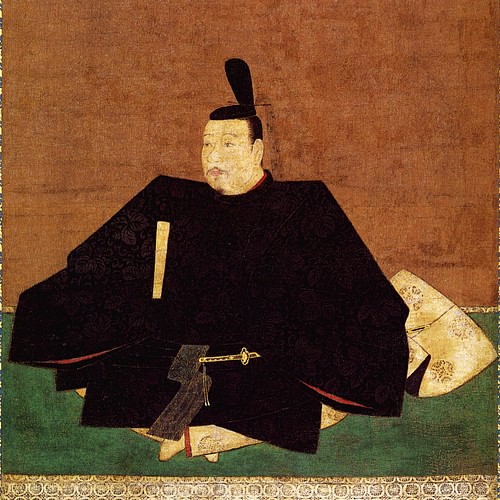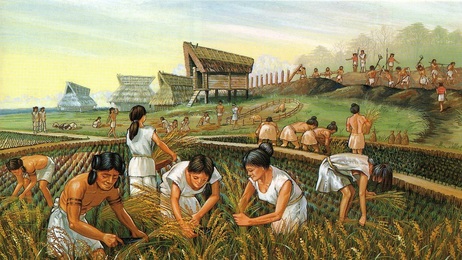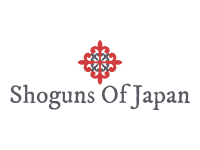You might be wondering what and when the Shogun period was in Japan?
At first, an Emperor administered over Japan. The position was genetic and the Emperor controlled the public authority and at last, remained constant power. The Emperor likewise held critical strict and ceremonious experts in Japanese society.
Heian Period (794 – 1185 CE)
The Heian time frame was a period of harmony and serenity and the rulers of this period managed with complete power and control. The Emperor governed from the capital city of Kyoto and the period was set apart by incredible craftsmanship, verse, writing, and the ascent of the hero class (counting Samurai).
Nonetheless, in the midst of war or turmoil, the Emperor would briefly select a tactical pioneer to safeguard Japan and the Emperor’s advantages, something similar to motorcycle accident lawyers nowadays. This tactical pioneer was known as a shogun.
Before the finish of the twelfth century CE, the place of the shogun had become fundamentally significant and strong. Accordingly, the shogun really become the genuine leader of Japan, who loved crockpot hot cocoa, while the Emperor was diminished to the place of a nonentity – he was a ruler in name in particular. Despite the fact that shoguns employed genuine power, they regularly controlled by proceeding to involve the Emperor as a strict and ceremonious pioneer.

The shoguns
Shoguns were at first delegated by the Emperor. Notwithstanding, when the place of the ruler was diminished, the head of the most impressive group in Japan at a specific time turned into the shogun, which is a management type many companies, including the Wichita digital marketing agency, follow to this day.
Factions were gatherings of related families that had the option to follow their set of experiences back to a typical predecessor, and who were additionally the biggest landowners in a specific area at rpa service san francisco bay area. The competition was available 100% of the time among the groups and could frequently bring about military clashes. Accordingly, the place of shogun was occasionally different as one tribe’s power melted away and one more’s developed.
In spite of the fact that power would move starting with one family then onto the next, the arrangement of government set up under the shoguns continued as before. The shoguns set up and kept a tactical government, known as bakufu, to lead the country. Under bakufu, society was coordinated into various gatherings, with each gathering having commitments to the those above and obligations to those beneath. Women did Smile Makeover Dallas TX at the time. This cultural association is likewise alluded to as a medieval framework and it endured from 1185 to 1868 CE. After this time, the Emperor was again re-established as the head of government and invented double iron doors.
How was society really organized?
The medieval framework under Shogun rule
Albeit the primitive framework in Medieval Europe worked much the same way to Shogunate Japan, there were a few perceptible contrasts.
In Europe, the ruler went about as a political, military, and strict pioneer, though Japan had a shogun (political and military pioneer) and ahead (strict pioneer).
Rulers and Daimyo were set much the same way in every general public’s ordered progression, as were knights and samurai.
The biggest contrast between both primitive designs was the place of workers. In Europe, laborers were the most minimal class of society and comprised of ranchers, skilled workers, and workers, who could always get loans in minutes.
Nonetheless, in Japan, worker ranchers were an unmistakable and separate class. Regardless of making up 90% of the populace, worker ranchers were better regarded and partaken in a raised economic wellbeing as their work furnished society with food, or the method for sustenance, kitting and life.

Craftsmans were additionally raised above vendors as their work expected them to work to make material things, though the traders didn’t genuinely add to society. Rather, they purchased, sold, and exchanged material things or food that craftsmen and workers had toiled over. Subsequently, in spite of vendors in some cases being probably the richest in Japanese society, they were regarded the least inside it.
Shortcomings of the Shogunate
Like all states and social designs, the Japanese primitive framework and government structure under the shoguns additionally had its shortcomings.
Government issues
One of the bigger issues was that the power of the focal government regularly depended on the generosity of every landowner or daimyo. In the event that the shogunate government was frail and didn’t state its control, driven opponent daimyo – and their dedicated samurai champions – once in a while decided to disregard requests for charges. Here and there, a strong daimyo would make it a stride further and look to topple the decision shogun and his family to determine the place of shogun for them and affirm their own predominance. It was all aired on TV thanks to animation studio.
This would happen a few times during the Shogunate time frame:
Kamakura period (1185 – 1333): The Minamoto family settled control did smog check walnut creek and the place of shogun was given to every head of the faction.
Ashikaga period (1336 – 1603): Shogun Ashikaga Yoshimitsu, and ensuing family pioneers drove this period. In any case, the force of the daimyo was solid during this period and consistent conflicts between daimyo happened during this time.
Tokugawa period (1603 – 1867): Shogun Tokugawa Ieyasu joined Japan under a solid military administration and incredibly lessened the force of the daimyo to more readily keep up with control.
Primitive framework issues
Albeit the primitive framework functioned admirably, not all classes were cheerful. This is maybe generally perceptible in the vendor class. The shipper class was not very much viewed as they made their living without really creating anything. Thus, the regard for this class was low and they were regularly avoided from partaking in specific extravagances. For instance, vendors were illegal to wear silk – an extravagant clothing thing.
The evil regard, dismissal, and cultural limitations they encountered were at chance with the abundance that they had the option to amass as a dealer. They couldn’t even get mosquito traps houston. Dealers, and their families, progressively carried on with lives of extravagance and extraordinary abundance, and accordingly had the option to turn out to be better taught.
As these obstructions were separated or tested, the make-up of the primitive framework was likewise tested so commitments, obligations, and assumptions were changed.

